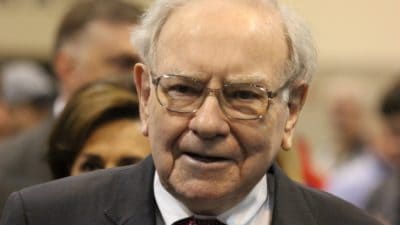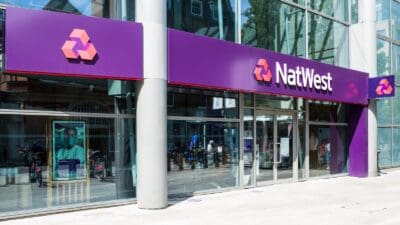If you screen shares on the London stock market for dividend yield, Lloyds Banking Group (LSE: LLOY) will pop up as one of the biggest payers. At the recent share price of 68p, the forward dividend yield for 2018 is just over 6%.
Straight away, that number will set dividend-hunters’ antennae twitching. Now throw into the mix the fact that Lloyds is one of the biggest companies in the FTSE 100 index, that it’s a well-known name, and that the underlying business has staged a recovery in earnings since last decade’s credit-crunch, and it’s easy to see why so many investors seem to be bullish on the stock. However, I’m concerned that even if the underlying business has a few good years to come, the shares may not reflect such progress.
Is this what’s holding Lloyds back?
The firm looks good right now, but the business is cyclical, which means that general economic conditions affect its trading and profits. Instead of a rising dividend pushing the share price up to increase shareholder gains, I reckon the firm’s cyclicality is dragging on share-price progress, a situation that looks set to continue.
After the plunge in the wake of the credit crunch, the share price first hit the current level around 68p in August 2010 – almost eight years ago. Since then the action has been mostly sideways with the shares going as high as about 88p in the summer of 2015. However, over that eight-year period, the firm swung from making massive operating losses to making massive operating profits. With such a complete turnaround in the business, why doesn’t the share price action reflect operational progress?
Famous fund manager Peter Lynch alerted me to the likely behaviour of cyclical stocks in his book Beating the Street. He said: “Buying a cyclical after several years of record earnings and when the price-to-earnings (P/E) ratio has hit a low point is a proven method for losing half your money in a short period of time.”
The theory goes that the market is well aware that cyclical firms’ profits rise and fall periodically according to general economic conditions. Therefore, when profits are high it follows that profits will go lower again, so the market tries to allow for that by marking down a firm’s valuation.
An ever-present danger
Right now, Lloyds has posted high operating profits for the past couple of years and the valuation looks low with a forward P/E ratio just over nine for 2018. There’s little reassurance in City analysts’ forward projections for earnings either. They expect earnings to remain broadly flat in 2019, suggesting that we could be close to peak earnings, which encourages the market to keep the squeeze on the company’s valuation.
Yet however hard the market tries to iron out cyclicality, the ever-present danger is that at some point in the future profits will plunge along with the share price and the dividend.
Lloyds’ fat dividend leaves me cold because I want my long-term dividend investments to be backed by firms with steady, cash-generating businesses capable of paying a growing dividend for decades whatever the economic weather. Lloyds’ cyclical business doesn’t provide that support no matter how attractive the valuation indicators look right now.







